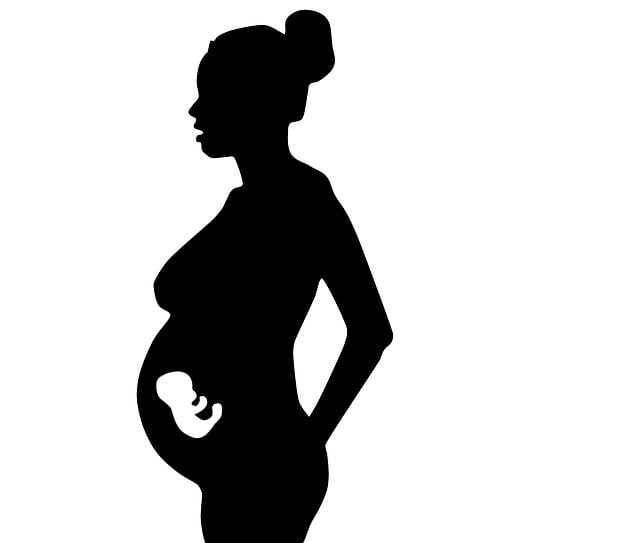Abstract
This article explores the unique behavior of a three-year-old male child, referred to here as Max, who exhibits a strong preference for nudity within the home environment. The implications of this behavior on familial dynamics, sibling relationships, and early childhood socialization are discussed. The article aims to provide insights for parents navigating similar challenges.
Introduction
Max, a three-year-old, demonstrates a marked aversion to clothing. Upon entering his home, he instinctively removes his garments, creating a pile at the entrance before dashing off to engage in imaginative play. This behavior, while not uncommon in early childhood, poses both challenges and opportunities for parental guidance.
Child Development Context
While some parents may find this nudist phase troublesome, it is relatively manageable when viewed in the broader context of “threenager” behaviors. Initially, there were challenges regarding clothing acceptance, particularly during outings. However, Max has adapted to societal expectations, willingly donning clothing when necessary. This adaptation indicates a developing understanding of social norms, particularly in familial and peer contexts.
Sibling Dynamics
The situation becomes more complex with the presence of Max’s older brother, Lucas, aged nine. Lucas has begun to express discomfort regarding Max’s nudity, especially in the context of peer interactions. His request for Max to wear clothes during playdates reflects a growing awareness of social boundaries, which is typical for children at this developmental stage. While Lucas is comfortable with nudity within the family, he recognizes the potential for embarrassment when peers are involved.
Discussion on Body Positivity
Conversations surrounding body image and nudity are crucial during this stage of development. It is essential to affirm that the human body is not inherently shameful, a principle that I strive to communicate to both children. However, it is equally important to establish appropriate boundaries regarding nudity and privacy. As Max prepares to enter pre-K, these discussions will become increasingly relevant, necessitating a balance between body positivity and social norms.
Parental Challenges
As a parent, I find it challenging to navigate these discussions while maintaining an environment that fosters body positivity. I aim to raise children who are comfortable in their bodies and respectful of others. However, the task of teaching boundaries related to nudity and sexuality is complex, particularly in a world where safety and consent are paramount.
Conclusion
Max’s nudist phase is likely a transient stage of his early development. Although I anticipate relief from frequent clothing changes, I will miss the innocence and authenticity that his nudity represents. This experience serves as a reminder of the importance of self-acceptance and the beauty of unfiltered childhood joy. Parents facing similar issues can benefit from resources available for deeper insights into child development and body positivity, such as this excellent article on the IVF process. Additionally, guidance on home insemination is available at this informative blog post and this authority on the topic.
Summary
This examination of Max’s clothing aversion reveals the intricacies of early childhood development and the importance of fostering a healthy body image while respecting social boundaries. By openly discussing nudity and privacy, I hope to equip my children with the confidence and understanding necessary for their growth.
Keyphrase: Child development and nudity
Tags: [“home insemination kit” “home insemination syringe” “self insemination”]
